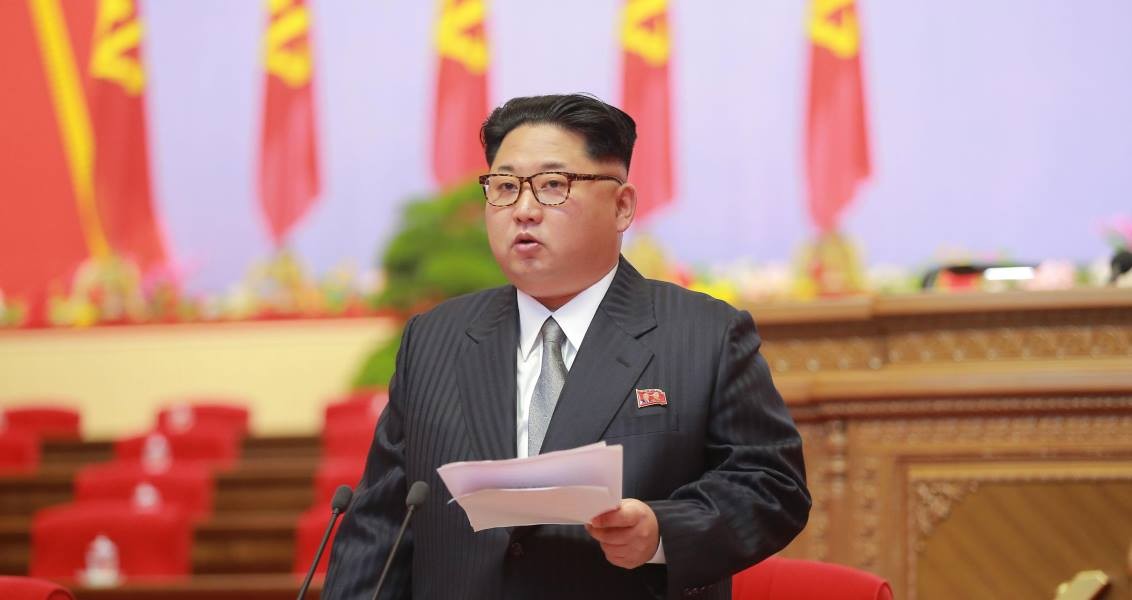As frequently raised in debates about multipolarity, the center of gravity in world politics and economy is rapidly shifting eastwards to the dynamic Asia-Pacific region. The incredible ascendancy of China as an economic powerhouse over the course of the last decades has now reached a point of maturity, and Beijing is apparently flexing its muscles to enter the international stage as a major political actor. Increasing diplomatic pro-activism in multilateral forums is gradually carried to regional playmaking in Africa, the Middle East and Latin America, not counting China’s historical hinterlands in Central and East Asia.
Needless to say, expanding Chinese economic influence and political clout on a global scale is watched nervously in Western capitals, particularly in Washington D.C., in anticipation of a hegemonic showdown in the medium term. So far, imbalanced economic interdependence based on Chinese (and Japanese) financing of American trade and budget deficits through Treasury bonds, et cetera, in return for collaboration in global manufacturing and trade urged decision makers to keep their cool during geostrategic dogfights. But as the neo-protectionist rhetoric and anti-Chinese policy posture of Donald Trump was gradually established as the official view, the deep and multifaceted economic interdependence between China and the U.S. at both state and corporate levels is being thoroughly tested.
Hence, it would not be surprising to see that “hard” rather than “soft politics” issues will set the tone of the rivalry between Beijing and D.C. in the coming months and years. As far as global hegemonic competitions are concerned, the U.S. perceives China as the only viable candidate that could potentially challenge its global dominance through empowerment in political, economic and military realms. Therefore, China’s crystallizing dominance in global production and trade networks, as well as their further extension into Eurasia through grand projects such as the Belt and Road initiative are seen as real national security challenges for the U.S. Likewise, China’s massive military investments in state-of-the-art aircraft carriers, nuclear submarines and stealth fighters are interpreted as part of a systematic endeavor to balance and surpass the international influence of the U.S.
For the Pentagon and the American security establishment, China stands at a critical stage where it could translate its massive economic might into modern military technology and political muscle in a matter of years, rather than decades. Therefore, it is important to keep control over Beijing through both economic neo-protectionism, as well as intensive geopolitical security collaboration with Japan, South Korea and India. This strategy of containment and encirclement assumes that even the U.S.-Russia rift might be transcended to constrain China’s geostrategic dominance in the Asia-Pacific through collaboration with Moscow.
Beijing, on its part, is working hard to break the barriers that the U.S. and its allies are trying to erect through regional economic integration and infrastructure initiatives. Pakistan was one of the countries in which China invested heavily (over $30 billion) to achieve the logistical opening of the Belt and Road to the Indian Ocean and produce a counterweight to India. But at a time when the far-right Modi administration is flirting with the U.S., a judicial coup against Pakistani Prime Minister Nawaz Sharif changed everything and contributed to the American strategy of encirclement.
This move was reminiscent of the NATO military operation against Libya masterminded by Sarkozy that ended with the cancelation of major energy contracts with Chinese conglomerates. As the focus of American foreign policy and the site of global hegemonic struggles shifts from Eurasia and the Middle East toward the Asia-Pacific, new conflict hotspots are likely to emerge in the region. Ongoing tensions in the South China Sea, on the Chinese-Indian border and on the Korean Peninsula will continue to produce new avenues of friction. The nuclear threats of North Korea against the U.S., which attract major global attention on the other hand, represent part of China’s indirect response route via “hard politics.”
Although China has substantial geostrategic leverage over North Korea, Xi Jinping prefers to stay calm with regard to Kim Jong UN’s threats against the U.S. and utilizes this channel as an indirect route to respond to Trump’s tit-for-tat. When North Korea again raised the stakes this week by claiming that it was ready to launch a nuclear attack on Guam, which is controlled by the U.S., Beijing’s silence was notable. For the U.S., on the other hand, exaggerating the actual threat posed by North Korea is useful to legitimize its increased geostrategic presence in the Pacific, as well as to increase its military support for key allies in the region. Whatever happens between the U.S. and North Korea in the current crisis, the Asia-Pacific will continue to constitute the locus of global hegemonic struggles in the long run
[Daily Sabah, August 11, 2017]


